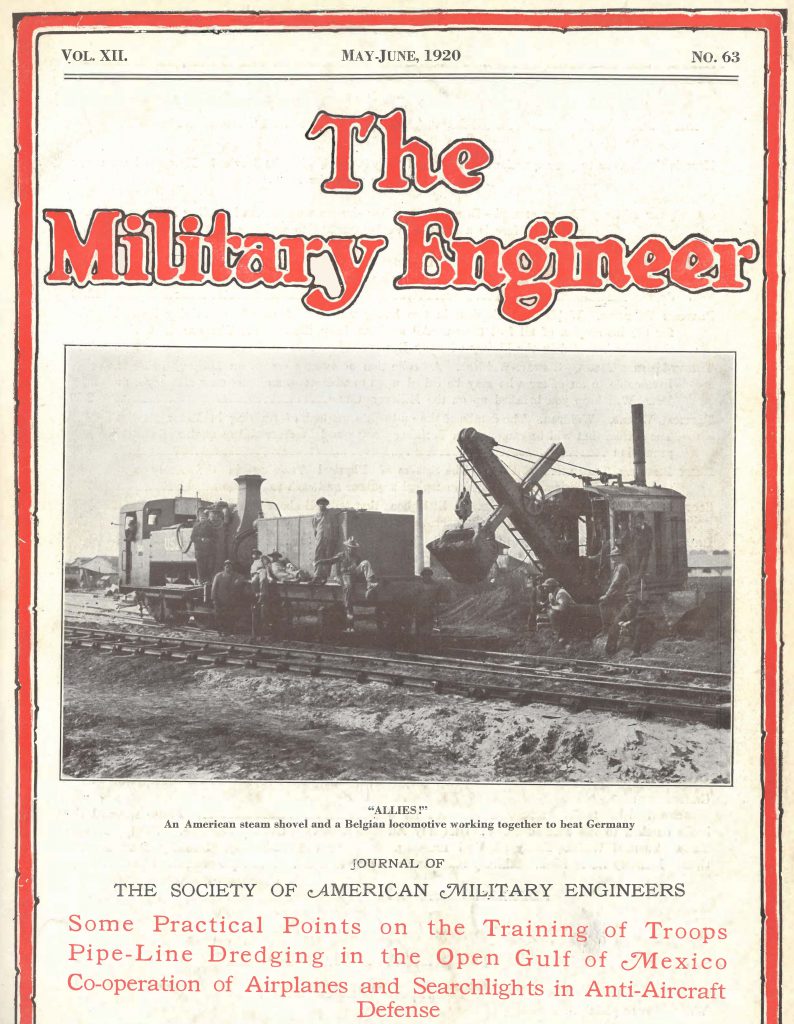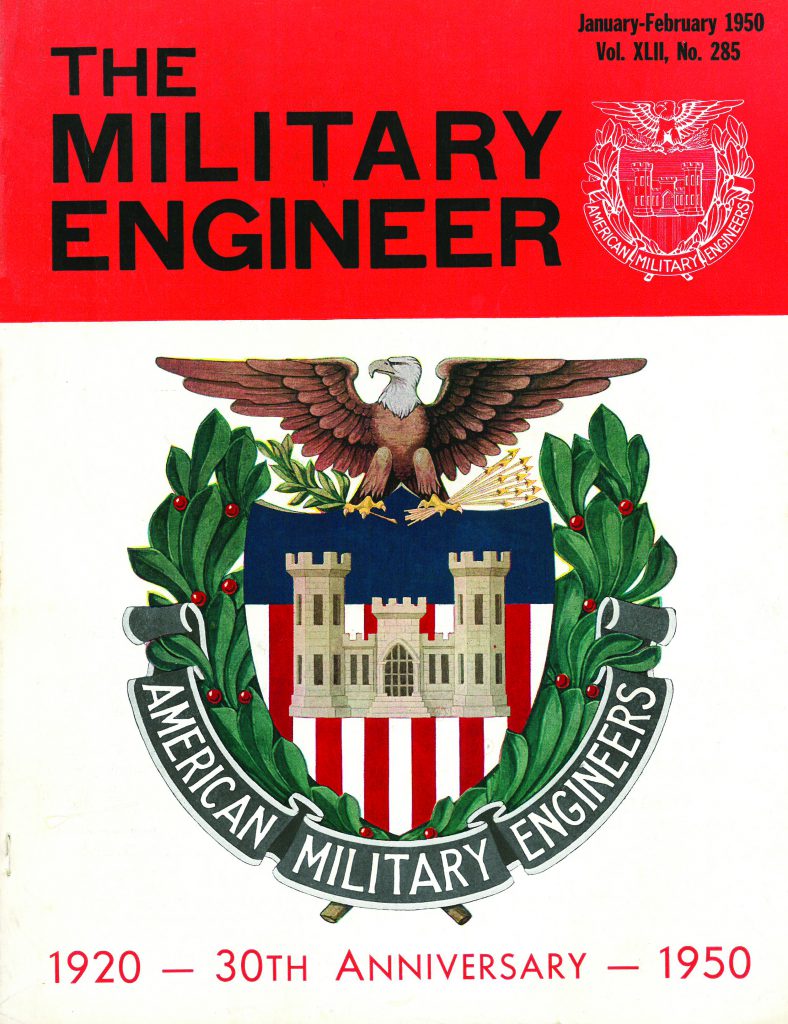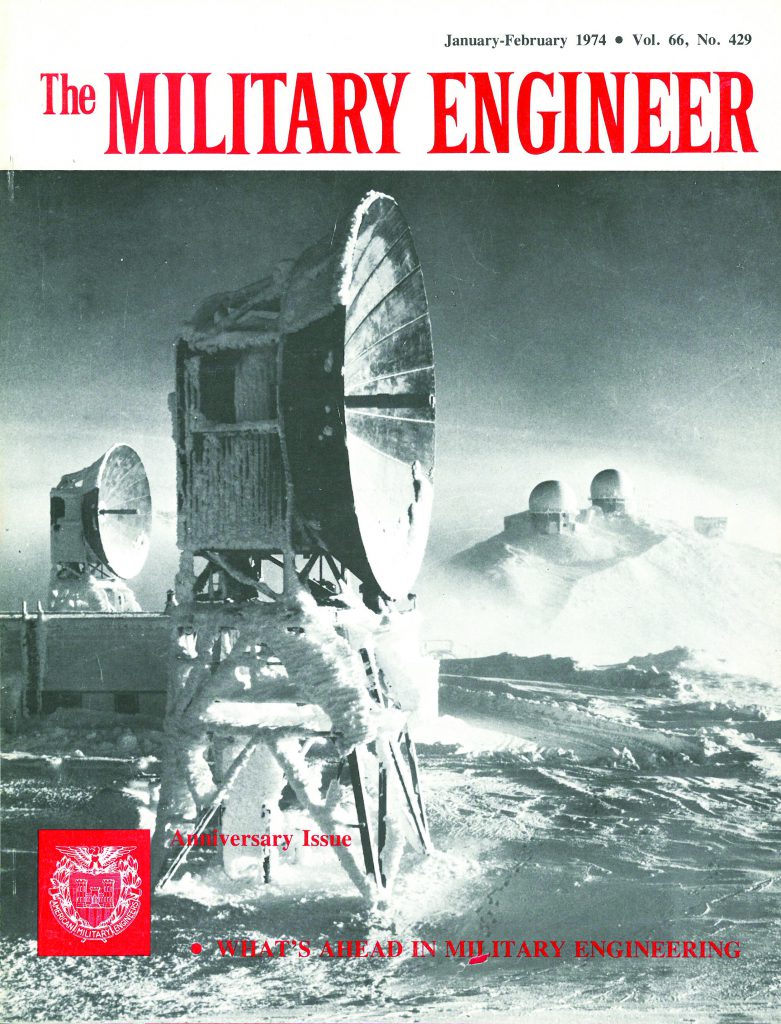SAME Members must login with their username and password to view TME Archives.
The Military Engineer since 1909 under its original masthead Professional Memoirs, and since January 1920 in its current incarnation, has been the leading voice championing the accomplishments, the contributions, and the legacy of military engineers and those aligned with ensuring the national security of the United States.
The entire TME catalogue is available online to SAME members through a partnership with JSTOR. Conduct technical research, research your Post’s history, discover influential leaders from the past, and learn more about the Society’s impact and the evolution of engineering for national security over the last 100 years.
History of TME
The Military Engineer was central to the establishment of SAME and its growth over the last 100 years. Throughout its history, TME has served as a journal dedicated to promoting and advancing engineering for national security. The Military Engineer was launched under its current masthead in 1920 (after previously being published as Professional Memoirs, a Corps of Engineers publication) and immediately carried the message of the new “association of engineers” that was SAME. It was a vital tool in communicating with engineers across the country and helping establish the Post network, which became the bedrock of SAME. In addition to technical content from subject matter experts and field notes from engineers in uniform, the magazine has served as the organ of record documenting Society affairs and activities, Post news, organizational impact, achievements of individual members and member companies, and the philanthropic contributions of the SAME Foundation.
TME has celebrated the efforts of military engineers during some of the history’s most significant armed conflicts, including two World Wars, Korea, Vietnam and the Global War on Terror. It has detailed the greatest feats of modern engineering, such as the Panama Canal, the Hoover Dam and the Manhattan Project.
The magazine has followed the trends of military engineering from the early development of our nation’s transportation infrastructure through Cold War-era construction and the birth of computer-aided design; to the current era of sustainable development, infrastructure resilience, and military base realignment. In both print and online format TME remains a leading source for chronicling the achievements of engineering in support of national security.
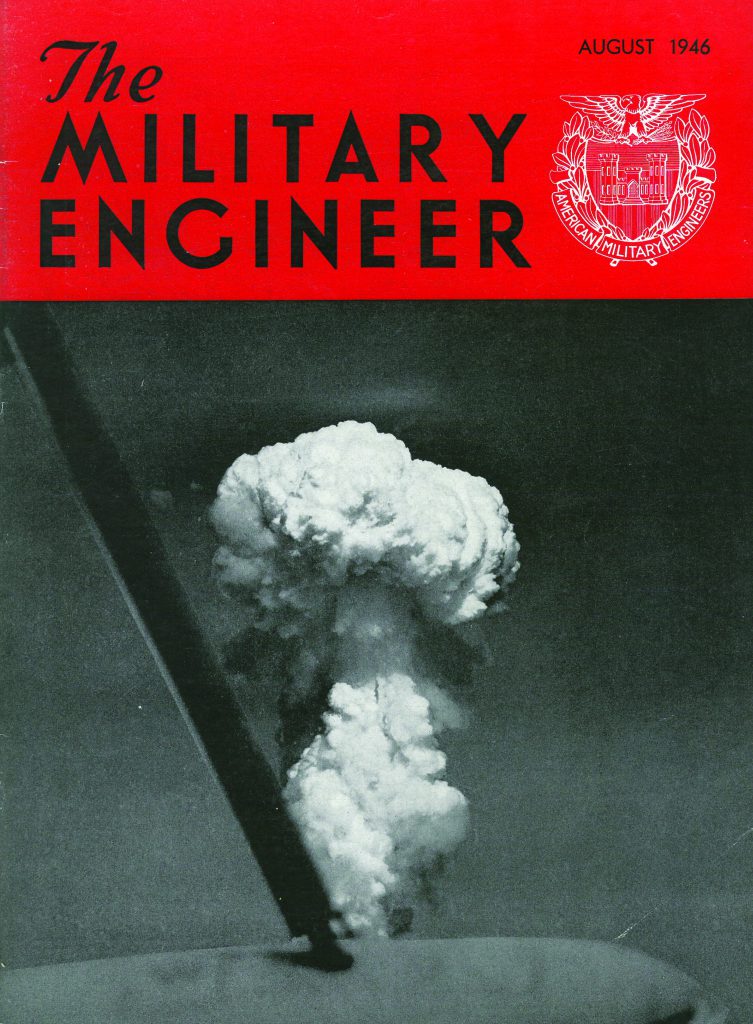
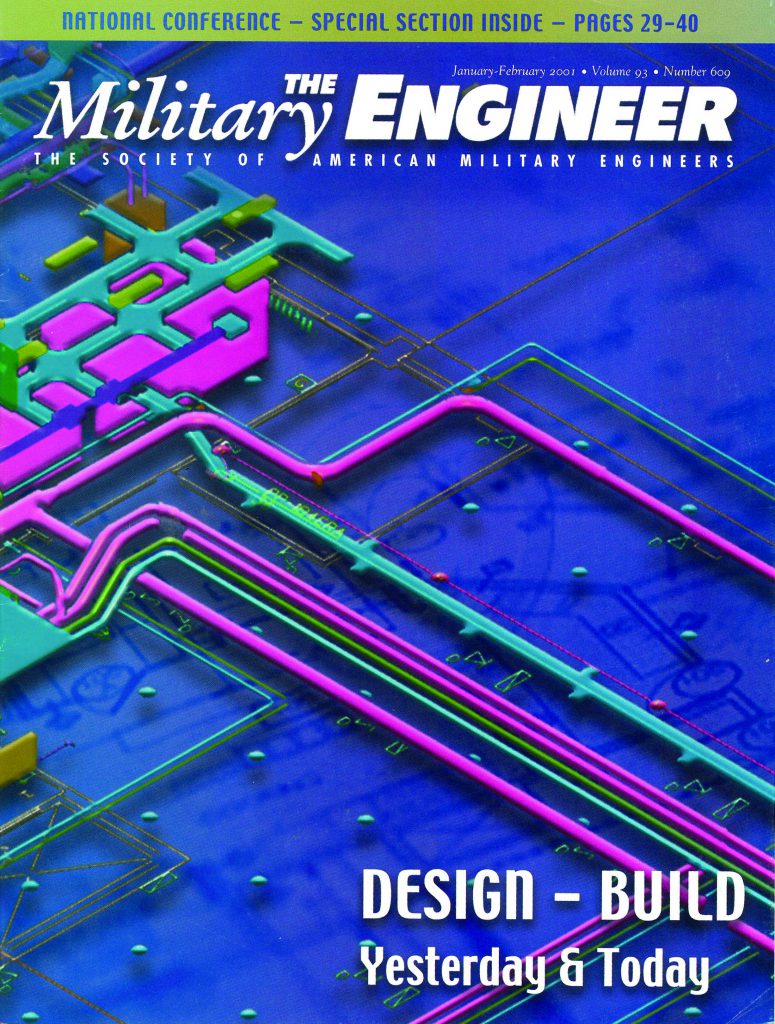
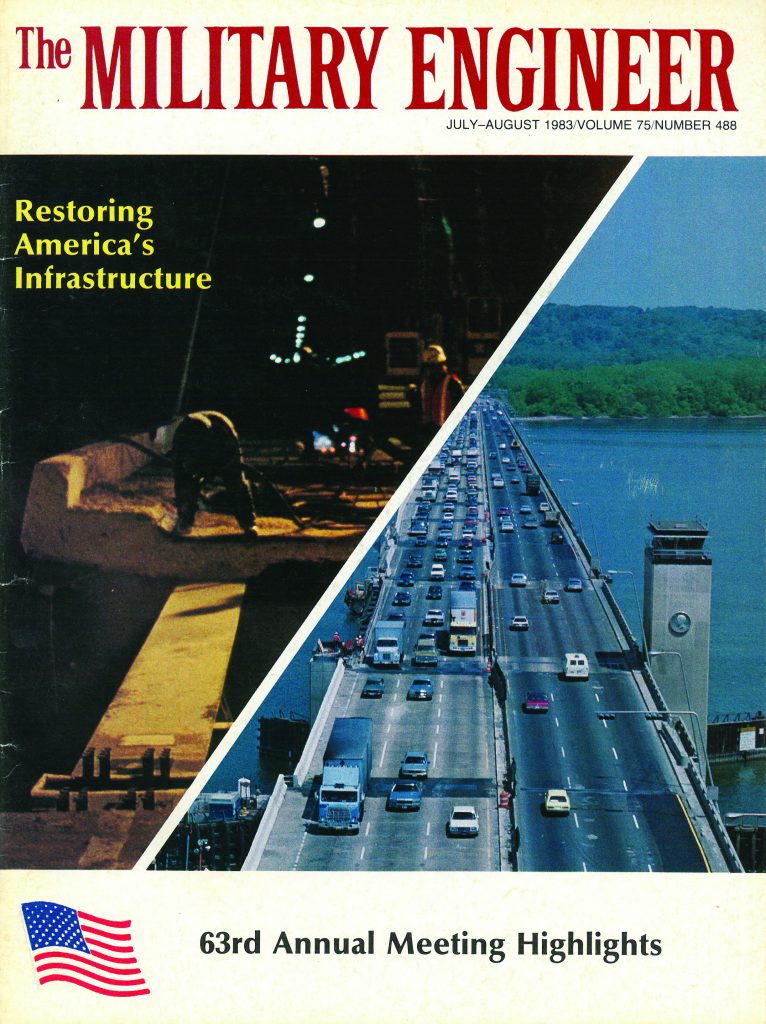
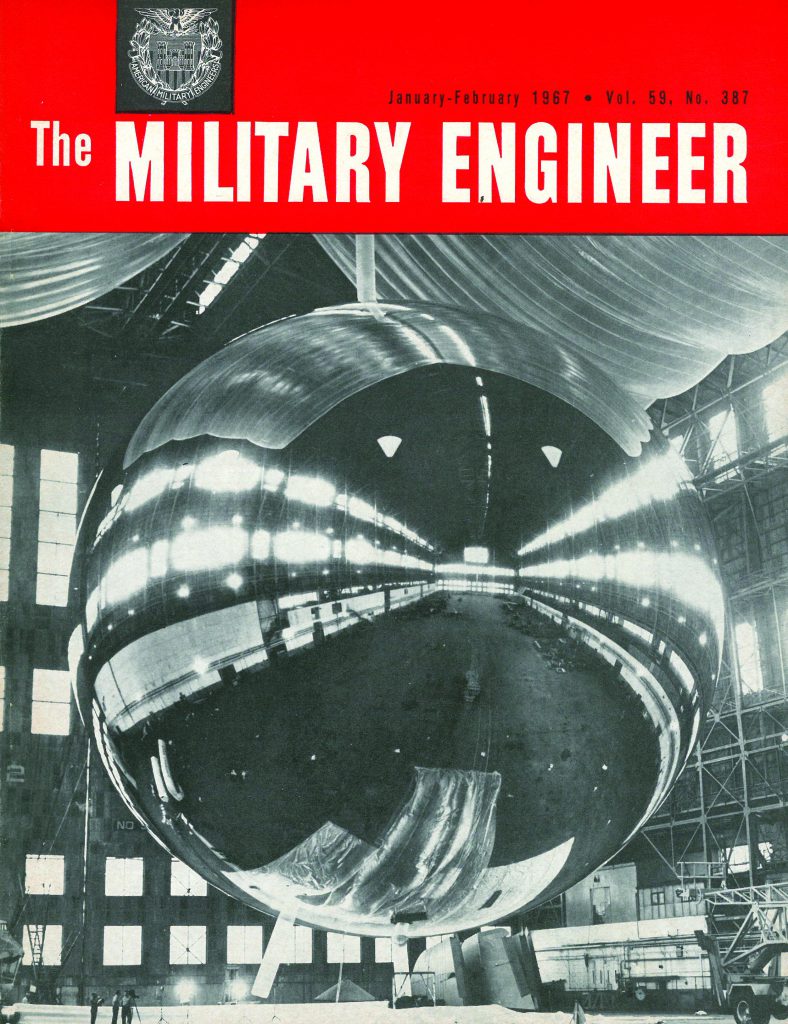
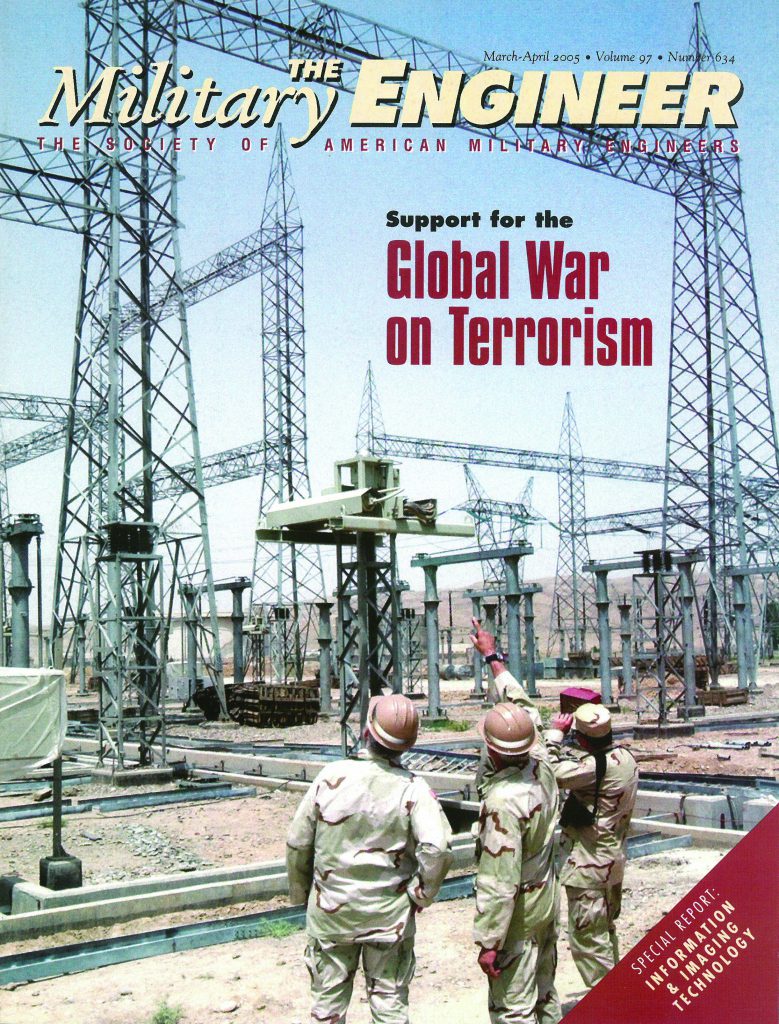
TME is a practitioner’s journal. It relies on contributions from professionals in the architecture, engineering, construction, contracting, environmental, public health, facility management and related disciplines including 21st century concerns such as climate change resilience and cyber infrastructure security.
“From the time I was a lieutenant through my tenure as Chief of Engineers and Commander of the Corps of Engineers, I used TME to stay abreast of the activities of other military engineering organizations and to impart practical engineering lessons. The magazine is the most important national communications vehicle for American military engineers.”
LT. GEN. HANK HATCH, P.E., F.SAME, USA (RET.), FORMER ARMY CHIEF OF ENGINEERS AND SAME NATIONAL PRESIDENT
